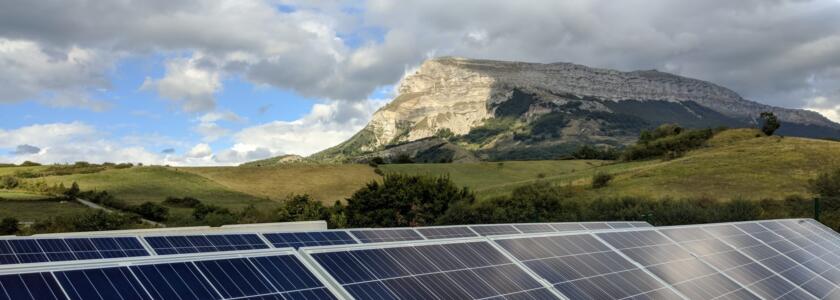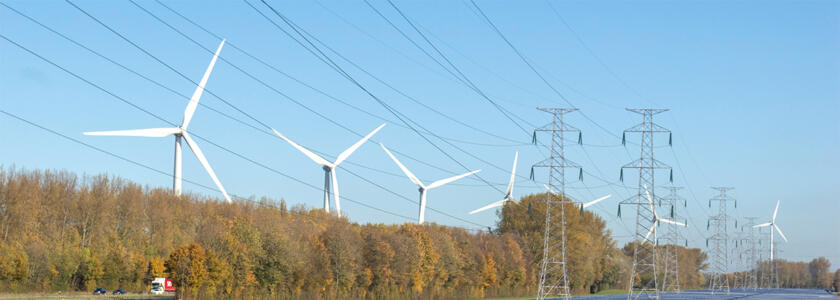Getting started: What are the next steps?
1 - Engage with energy communities and their secondary structures
Public institutions can leverage their expertise to survey barriers and tailor solutions for better access to finance.
📌 REScoop.eu is the European federation of energy communities, gathering a growing network of 2500 energy communities. The LIFE COMET project is also currently supporting the creation of national coalitions for community energy in Central and Eastern European countries.
📌The ACCE’s RES Development Guide presents a strong set of solutions to overcome barriers and establishes a solid foundation for dialogue.
2 - Explore how you can contribute to enabling frameworks
Enabling frameworks can support the development of community energy financing through different mechanisms, such as capacity building at the institutional level and an effective transposition of European Union Directives.
📌 The ACCE’s Report on Enabling Framework explores 7 key conditions to establish a supportive framework for energy communities.
3 - Contribute to funding
Public institutions can play a crucial role in launching a CEFS by funding its initial phase and supporting its further development. Additionally, they can provide financial support to existing CEFS :
by directly providing some of funds that the CEFS will use to finance energy communities: in this case, the CEFS stands as an intermediary for the use of this public funds (in ways of loans, for instance).
by engaging funds to mitigate risk for other investors, in “first public loss” or guarantee schemes: in this case, public funding will be used only for projects’ failures, thus reducing their volume used
📌 ACCE’s Financial Handbook highlights examples of CEFS receiving public funding.
📌 ACCE’s Mapping of EU funding sources is a comprehensive review of the existing funding landscape for energy communities within the European Union budget.
📌 ACCE’s Regulatory framework analysis stands as a practical guide, to help navigate the regulatory landscape and support community energy financing.









